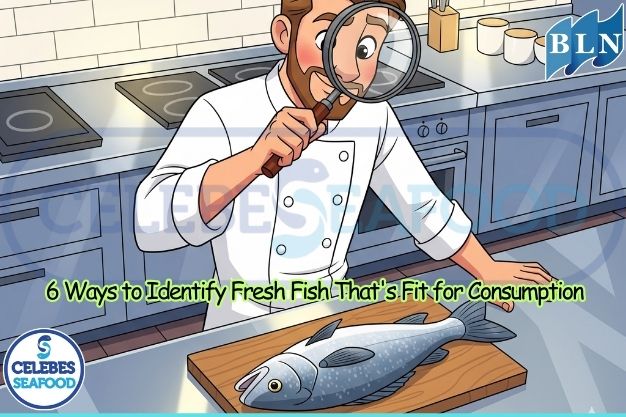Increasing Fish Shelf Life: Effectiveness of Alcohol as an Antimicrobial
By. Edi - 20 May 2025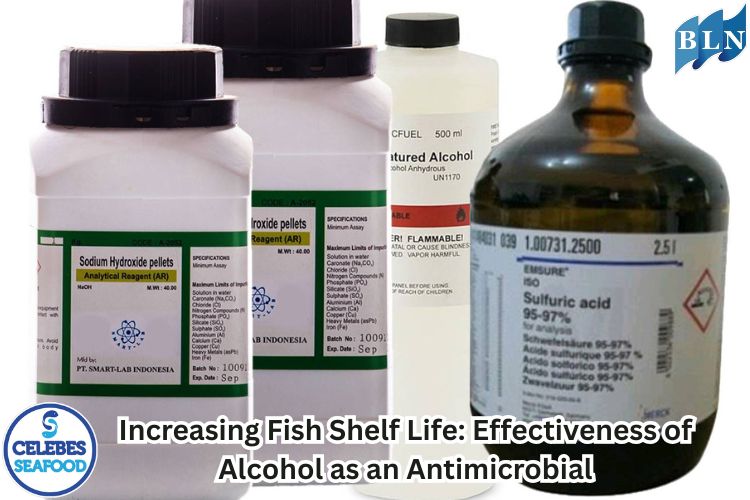
lautnusantara.com Fish is a highly nutritious source of animal protein, but its highly perishable nature poses a major challenge in the supply chain and fisheries industry. Fish spoilage is mainly caused by the activity of microorganisms (bacteria) and autolytic enzymes. To overcome this problem, various preservation methods have been developed, and one approach that has attracted attention is the use of alcohol as an antimicrobial agent.
A. Why Do Fish Perish Quickly?
The high water content, neutral pH, and abundant nutrients in fish meat create an ideal environment for the growth of spoilage bacteria. After fish are caught, the process of autolysis (tissue breakdown by natural enzymes) and bacterial activity immediately begin, causing undesirable changes in odor, texture, and color, as well as the potential formation of harmful compounds such as histamine.
B. The Role of Alcohol as an Antimicrobial
Alcohol, especially ethanol, has long been known to have effective antimicrobial properties. Its mechanism of action involves protein denaturation, disruption of bacterial cell membrane integrity, and lipid solubilization, which ultimately inhibits the growth or even kills microorganisms. In the context of food preservation, alcohol can play a role in several ways:
- Inhibition of Bacterial Growth: Certain concentrations of alcohol can effectively inhibit or reduce the population of spoilage bacteria such as Pseudomonas, Shewanella putrefaciens, and the Enterobacteriaceae group of bacteria commonly found in fish.
- Inhibition of Enzyme Activity: In addition to bacteria, alcohol can also affect the activity of autolytic enzymes that accelerate the spoilage of fish meat, although the effect may not be as strong as on bacteria.
- Surface Dehydration: In some applications, alcohol can help reduce the free water content on the surface of fish, which also inhibits the growth of microorganisms.
C. Application of Alcohol in Fish Preservation
Several studies and applications in the fisheries industry have explored the use of alcohol in various ways:
- Washing or Soaking: Fresh fish can be washed or soaked briefly in an alcohol solution (usually ethanol at a certain concentration, for example 5-15%). This soaking can reduce the initial microbial load on the surface of the fish.
- Spraying: Alcohol can be sprayed on the surface of fish or fillets to provide an antimicrobial protective layer.
- As Part of a Preservative Blend: Alcohol is sometimes combined with other natural or synthetic preservatives for synergistic effects.
- Use in Edible Coatings: Alcohol can be integrated into edible coatings applied to fish, providing continued antimicrobial protection.
- In Processed Products: For certain processed products such as surimi or fish balls, alcohol may be used in the washing process or as a disinfectant for equipment that comes into direct contact with the product.
D Advantages and Limitations of Alcohol Use
Advantages:
- Antimicrobial Effectiveness: Proven effective in inhibiting a wide range of spoilage bacteria.
- Relatively Safe (at Appropriate Concentrations): Food-grade ethanol is generally considered safe for use in foods at concentrations that do not cause adverse effects to consumers and do not leave significant residues.
- Volatility: Its volatile nature means that alcohol residues in the final product tend to be minimal after drying or cooking.
- Environmentally Friendly: Compared to some synthetic chemical preservatives, alcohol (especially those derived from natural sources) can be considered more environmentally friendly.
E. Limitations and Considerations:
- Effects on Sensory Quality: Too high alcohol concentrations or prolonged exposure may affect the taste, odor, or texture of fish, although these effects often diminish after evaporation.
- Regulation: The use of alcohol as a food preservative may be subject to regulatory restrictions in some countries, including limits on permissible concentrations.
- Volatility and Handling: Its volatile nature requires proper handling and storage to maintain its effectiveness and prevent loss.
- Does Not Replace Sanitation: The use of alcohol cannot replace good hygiene and sanitation practices throughout the fish handling chain. It is one tool in a comprehensive preservation strategy.
The use of alcohol as an antimicrobial agent offers great potential for extending the shelf life of fish and fishery products. Through its ability to inhibit the growth of spoilage microorganisms, alcohol can be an integral part of an effective preservation strategy, especially when combined with strict hygiene practices and other preservation techniques. Further research is ongoing to optimize concentrations, application methods, and understand the interactions of alcohol with fish components to maximize its benefits without compromising the sensory quality of the final product. With the right approach, alcohol can make a significant contribution to food safety and the sustainability of the fishery industry
If you are interested in our Coral Trout Fillet Skin On, CORAL TROUT WGG WHOLE GILLED GUTTED, TOMATO COD WHOLE GILLED GUTTED please do not hesitate to contact us through email and/or whatsapp.


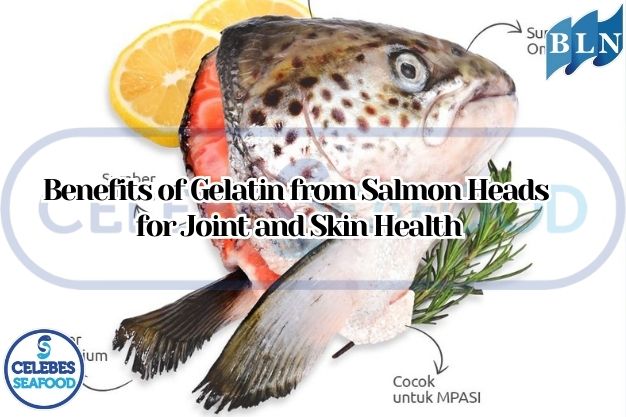
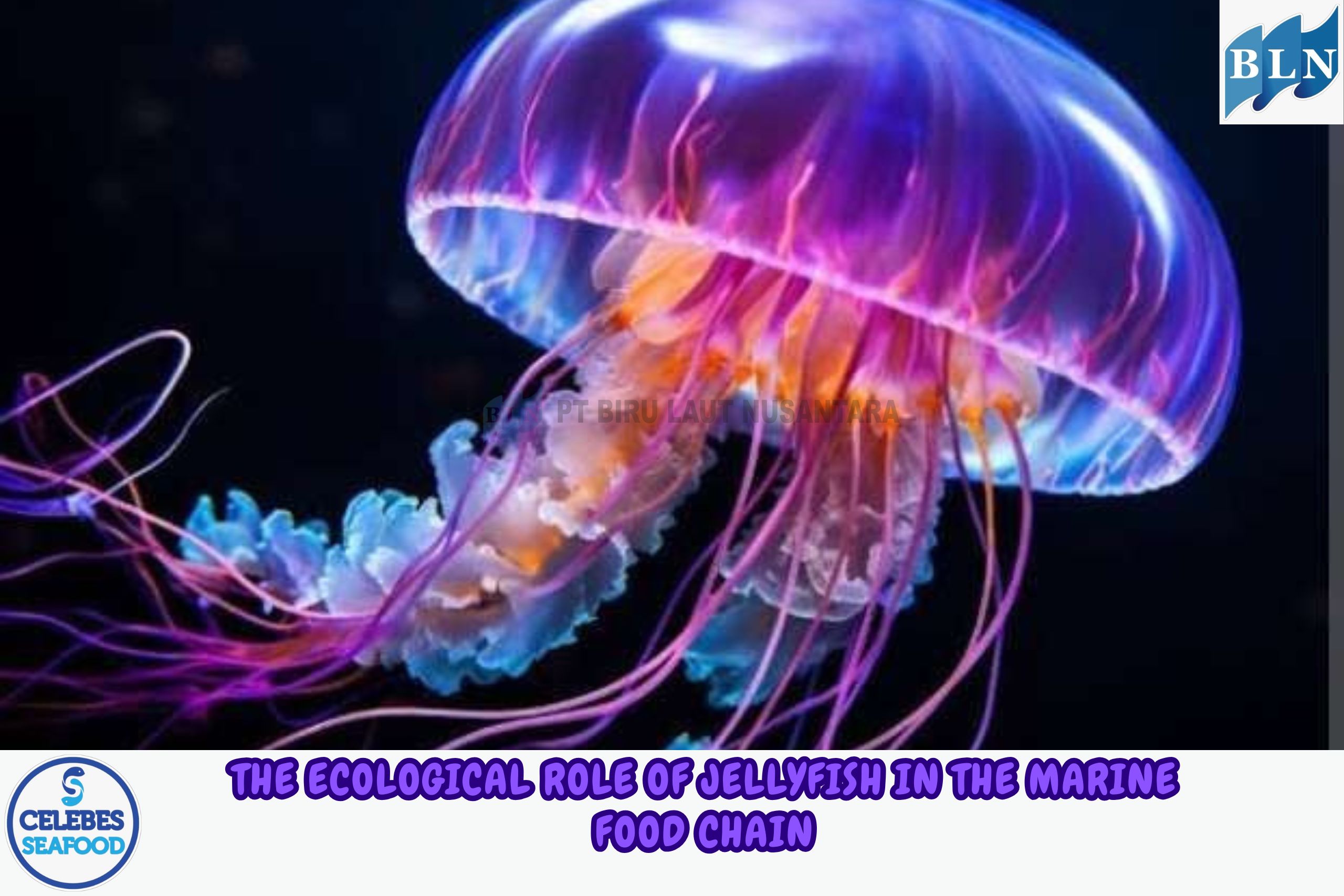
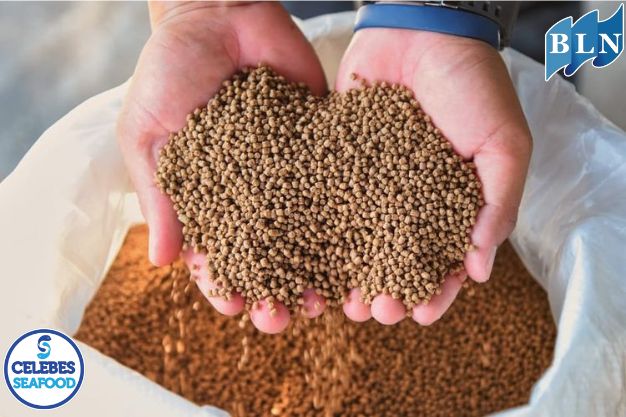
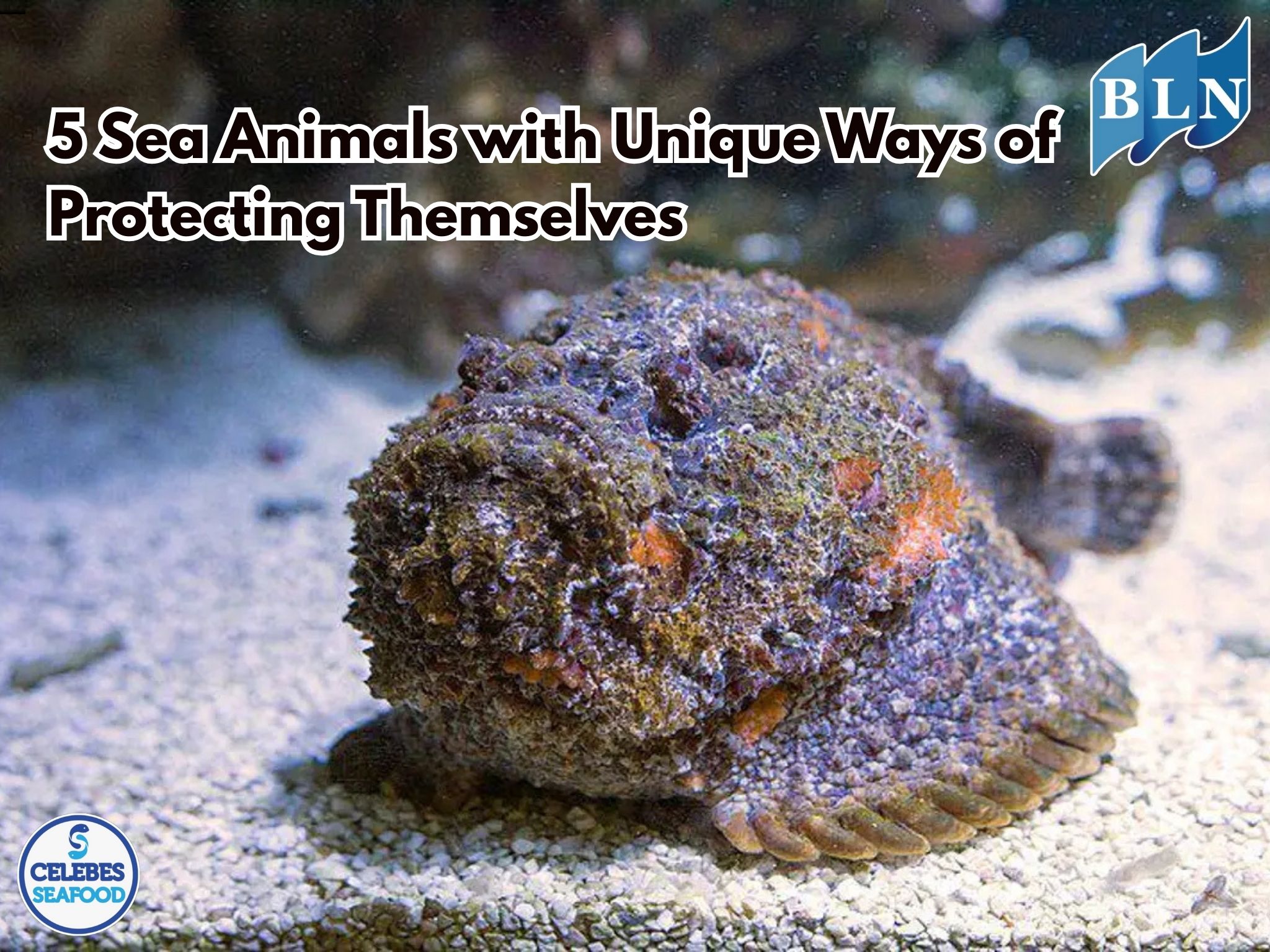
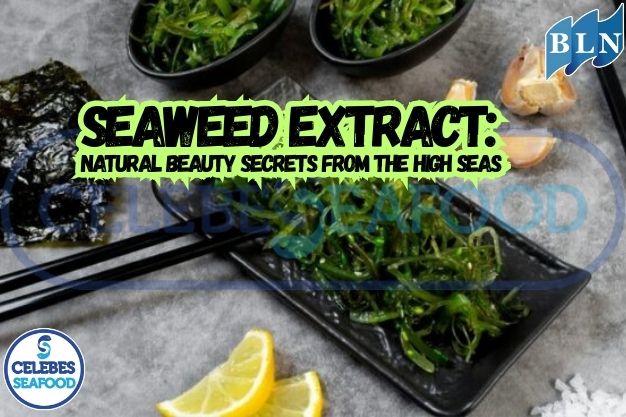
.jpg)
